Executive Summary:
US envoys met Israeli leaders in a bid to stabilize a fragile Gaza truce while Palestinian militants handed over what they said were the remains of a hostage to Israel for identification. The twin developments highlight how ceasefires and prisoner issues remain tightly linked — and how small moves on either front can tip the balance between calm and renewed fighting.
Regional shuttle diplomacy and a fragile pause
US officials flew into Israel for talks with Prime Minister Benjamin Netanyahu and senior security chiefs amid a tense pause in fighting that has repeatedly buckled under sporadic rocket fire and Israeli counterstrikes. The visit fits a familiar playbook: Washington, often alongside Egypt and Qatar, leans on both sides to turn short pauses into longer lulls by sequencing steps — easing restrictions at crossings, expanding humanitarian access, and advancing talks on detainees and hostages. The presence of high‑level US envoys is meant to signal urgency and reassure Israeli leaders they won’t be left managing fallout alone if the truce frays. For Palestinians in Gaza, even a tenuous pause can mean more aid trucks getting in, hospitals resupplying, and families grabbing a few days to move, repair, and regroup.
A painful handover underscores the hostage dilemma
Separately, militants in Gaza transferred what they said were the remains of a hostage to Israeli authorities, who are conducting forensic identification. These exchanges usually happen quietly, often with the International Committee of the Red Cross facilitating, and they carry enormous emotional weight. For Israeli families, confirmation — even of a death — can end the limbo of uncertainty and shape the public pressure on the government to keep negotiating. For Hamas and other armed groups, the fate of hostages and the retention of remains have long been used as bargaining chips, a tactic seen since the 2011 Gilad Shalit exchange and the unresolved cases of soldiers missing since 2014. Each development on this file can either unlock concessions during a truce or harden positions if expectations aren’t met beyond the headlines
Truces in Gaza are never just about stopping the shooting; they’re about whether daily life can inch toward normalcy. A steadier pause allows aid agencies to repair water lines, restock clinics, and reopen classrooms. It also reduces the risk of a misfire spiraling into a broader regional flare‑up, whether along Israel’s northern border with Hezbollah or through attacks that disrupt Red Sea shipping. For the US, preventing escalation is about more than diplomacy — it’s about shielding global energy and trade routes, keeping partners in Egypt and Jordan stable, and managing credibility with Arab states that balance ties to Washington with domestic outrage over civilian harm. For Israelis, any lull is judged against the still‑unresolved question of hostages and long‑term security; for Palestinians, it is weighed against movement restrictions, reconstruction, and whether salaries and services resume.
The roadblocks that keep undermining ceasefires
Even with outside mediation, these pauses crack under familiar strain. Armed factions operate on different chains of command, making it hard to enforce discipline or verify commitments. Spoilers on both sides can use a single incident to provoke retaliation. The mechanics of a truce — opening crossings, defining buffer zones, sequencing swaps — are technical and politically fraught. Inside Israel, families of hostages press for deals while security officials warn against terms that could empower militants. Inside Gaza, civilians bear the brunt of shortages and displacement, while armed groups seek to preserve leverage. Add in mistrust built over years and the margin for error is thin
The immediate question is whether mediators can stretch the current pause into something more durable by marrying concrete humanitarian steps with measurable movement on detainees and hostages — including credible identification and return of remains where applicable. Indicators to track include the volume of aid entering via established crossings, public statements from Israeli and Palestinian officials about prisoner lists, and whether third‑party guarantors like Egypt, Qatar, and the ICRC are visibly involved. Any slippage — a disputed incident at a border, a missed delivery target, or a breakdown in talks over names — could snap the truce back into violence. Conversely, a verified identification and a modest exchange could buy the time needed to keep guns quiet a little longer, which, for people on both sides, is the difference between nights of sleep and nights in shelters.



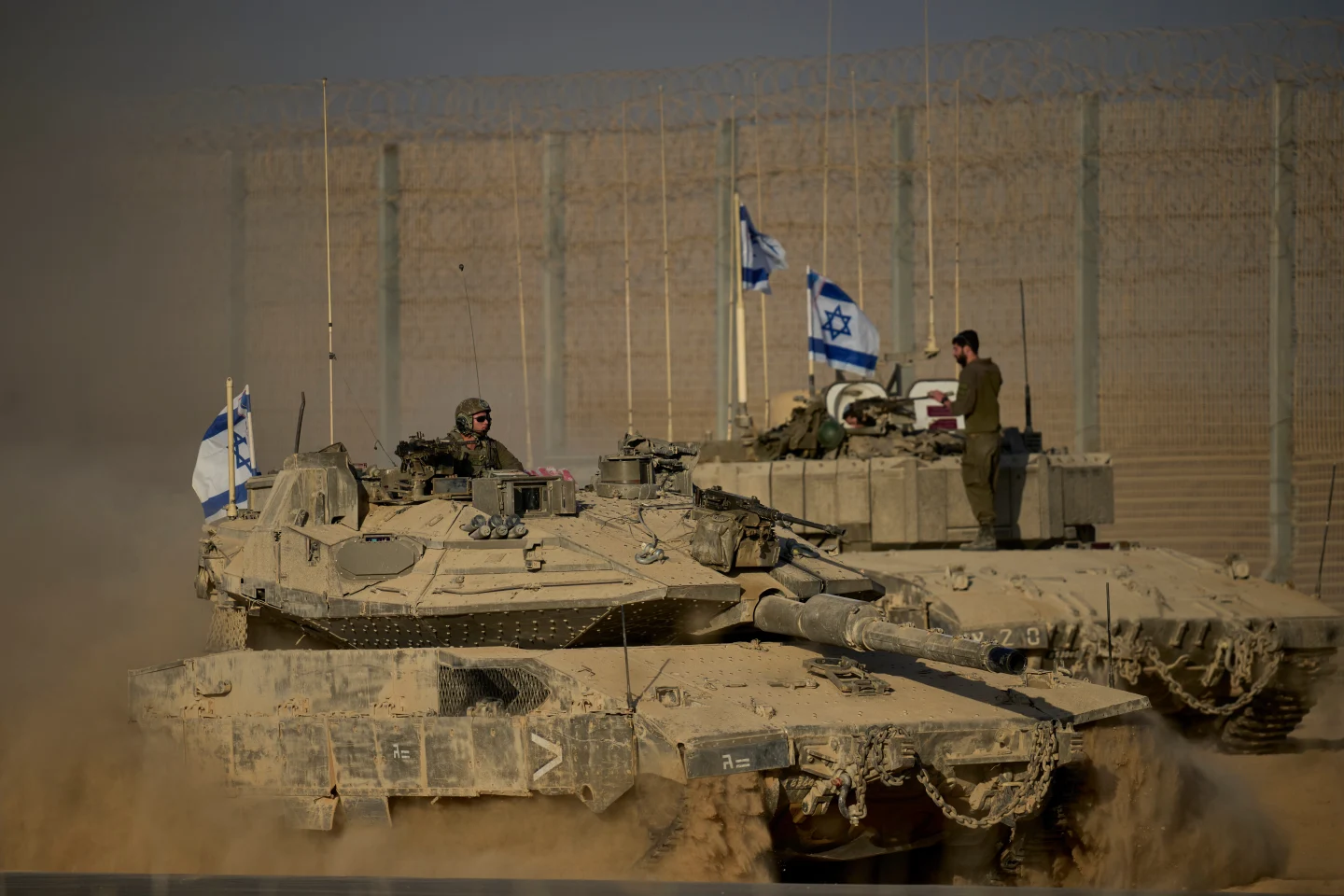
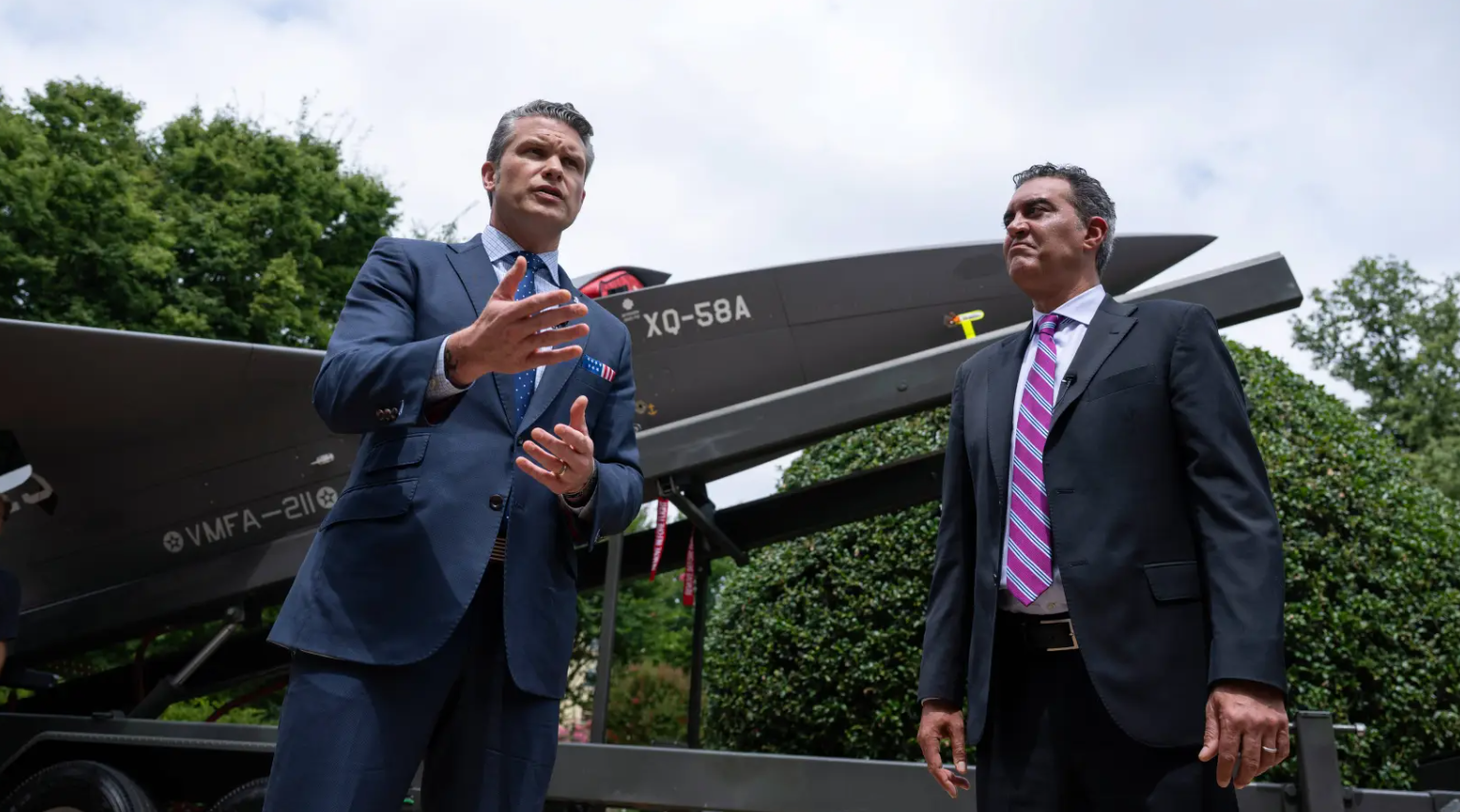

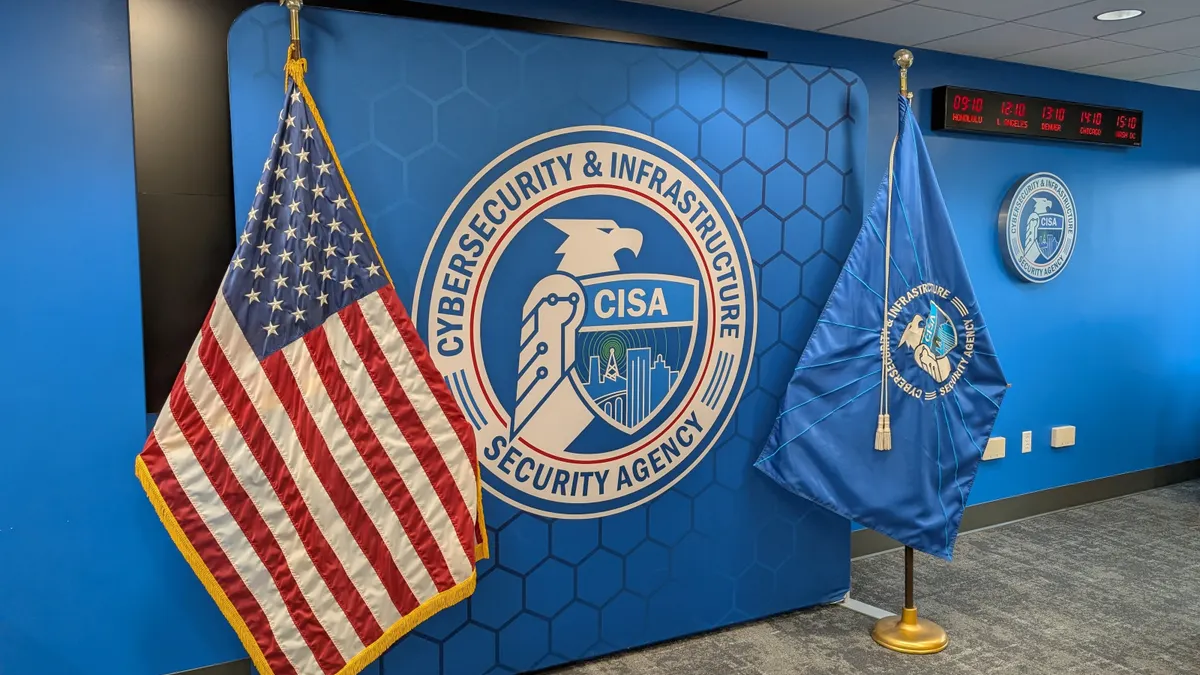
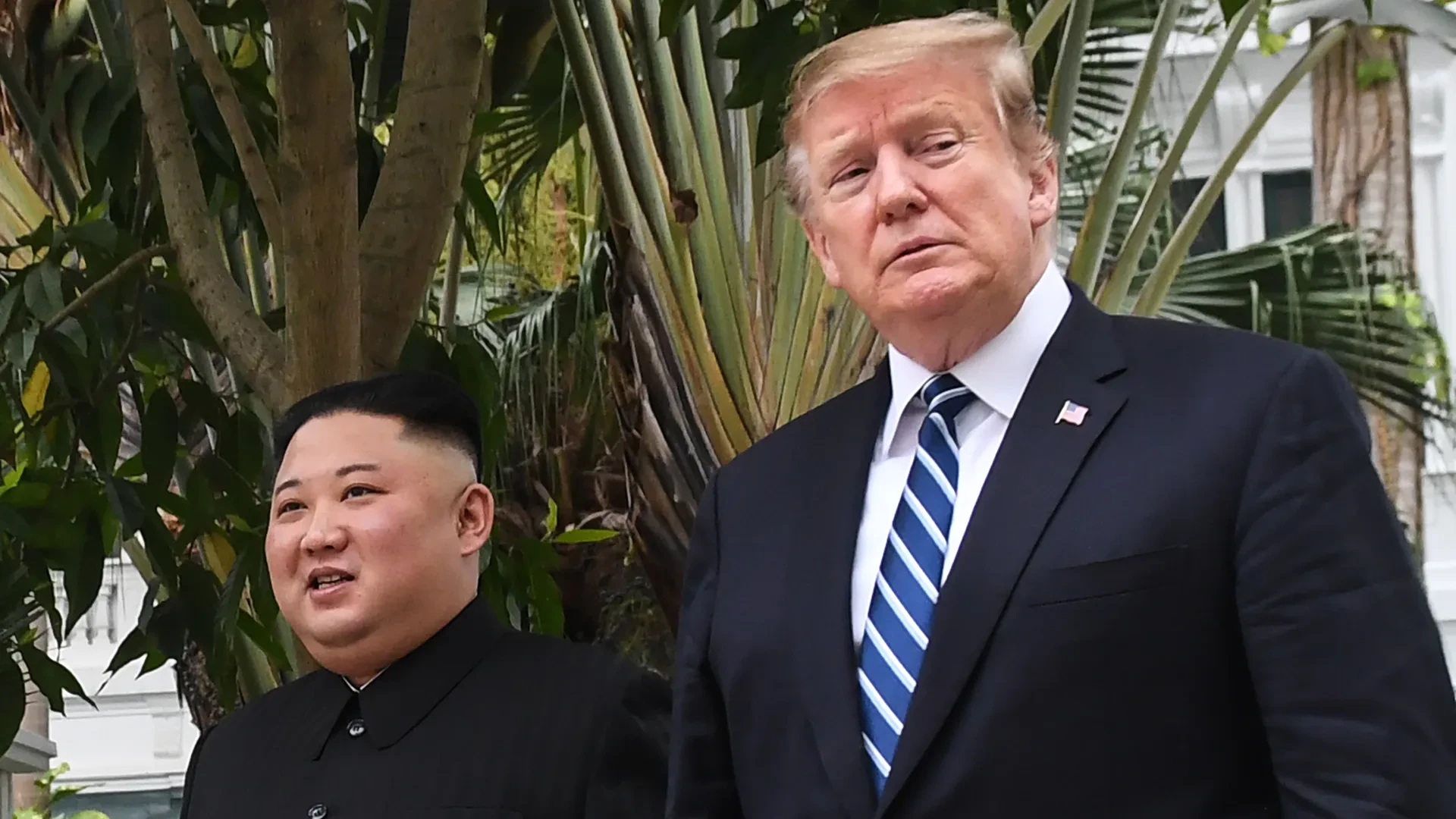
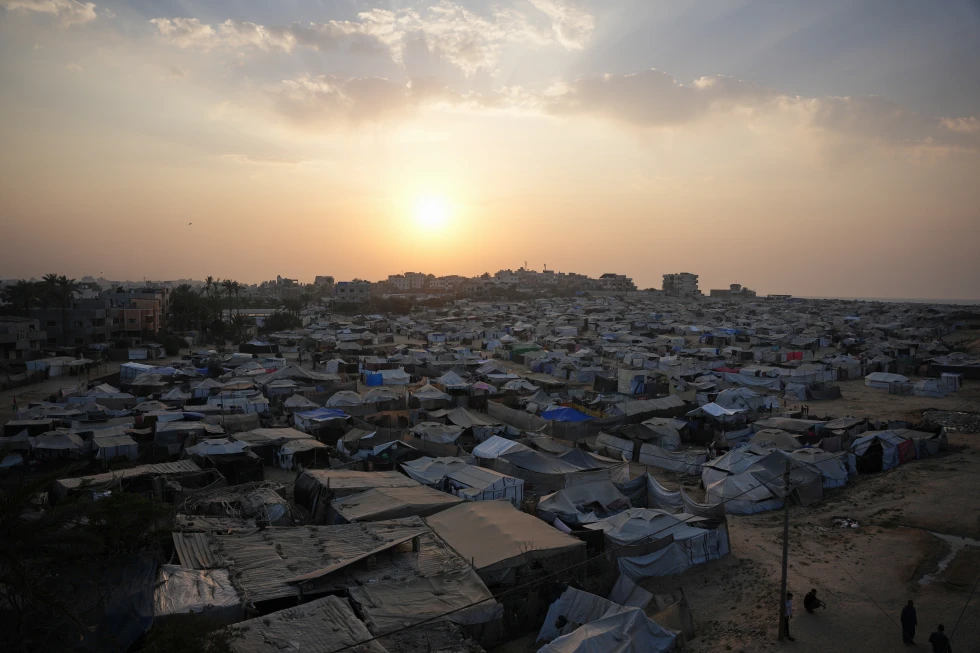
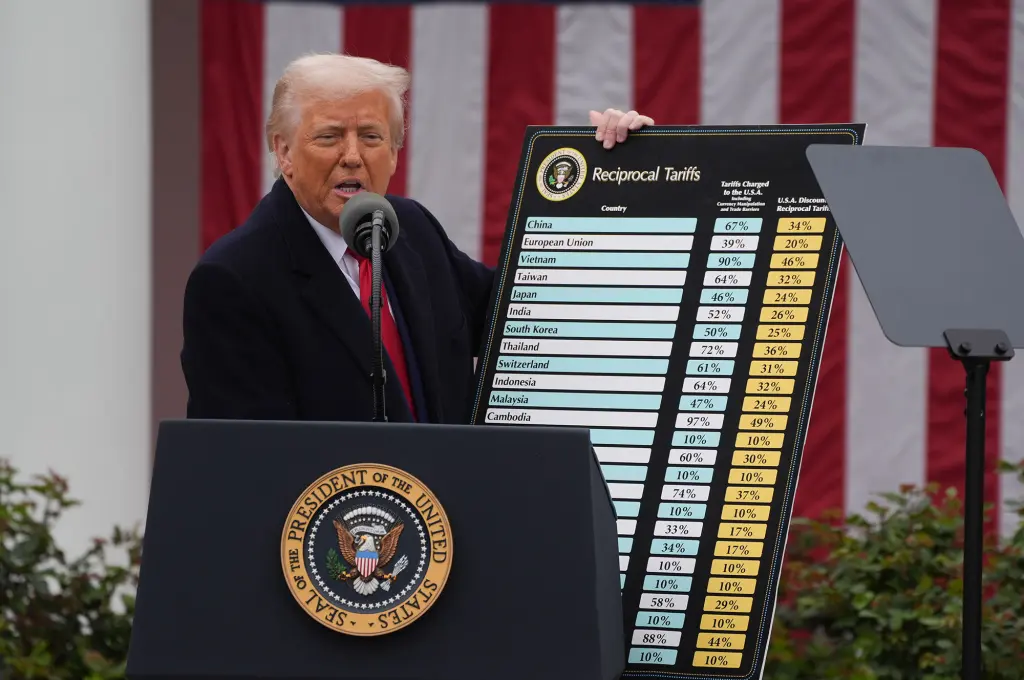
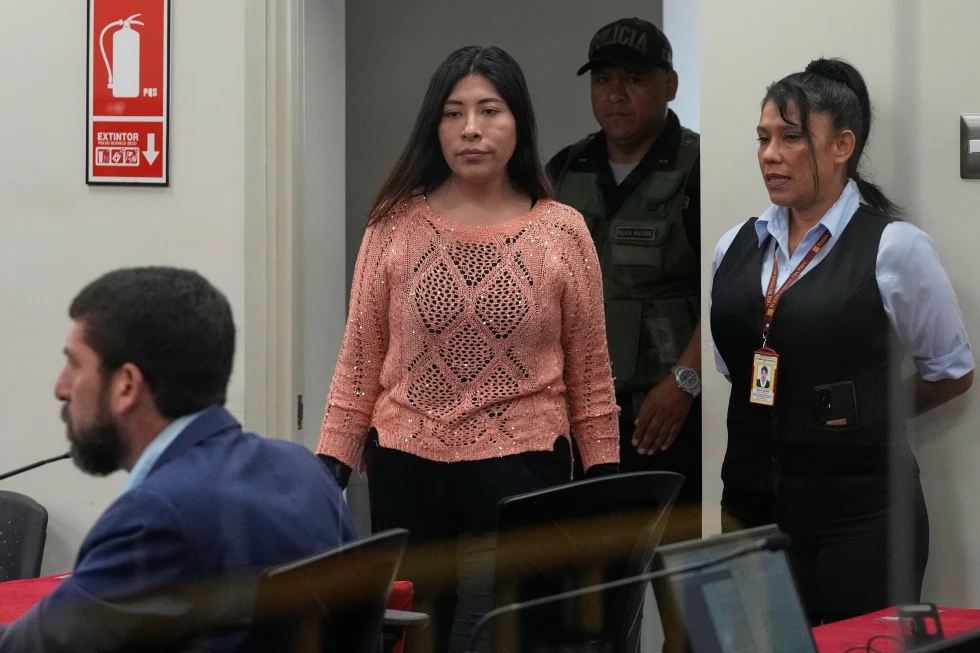
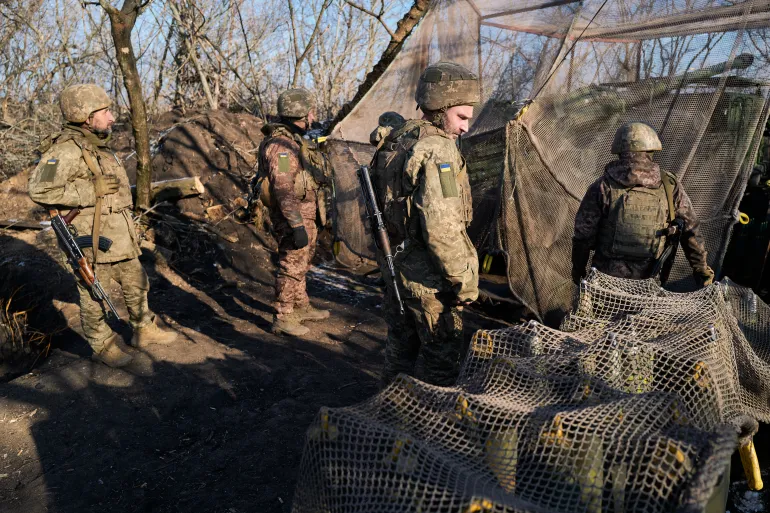

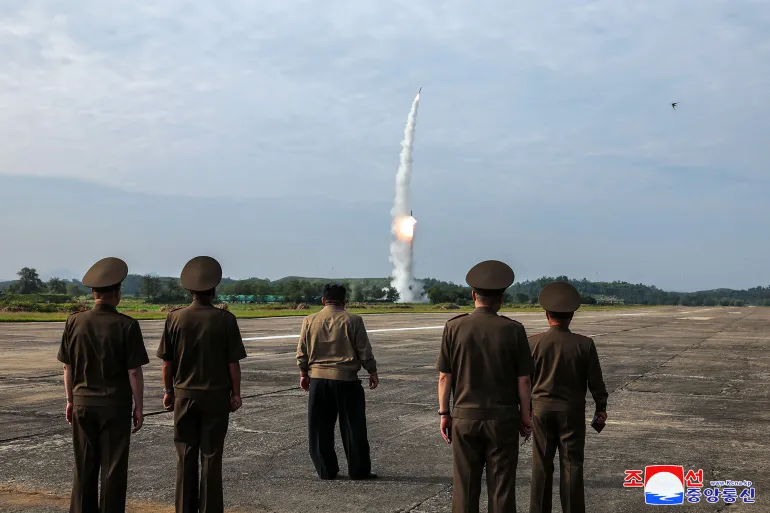

Discussion